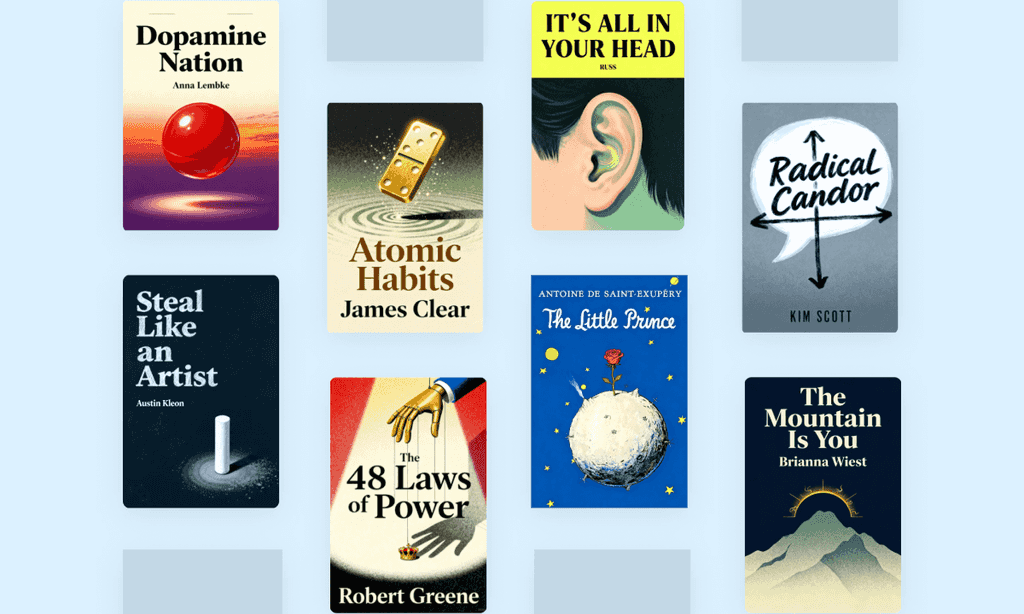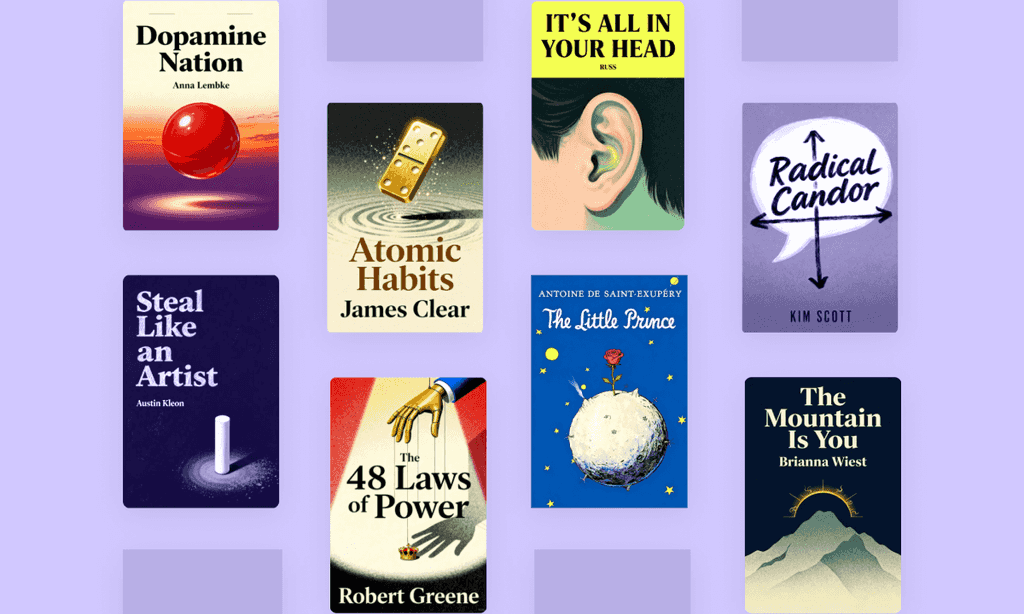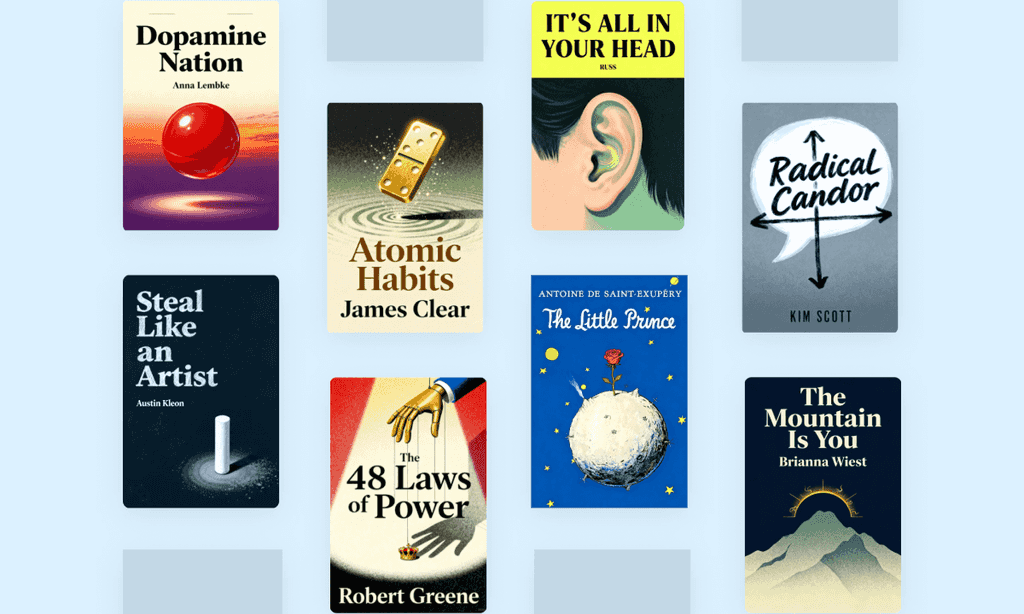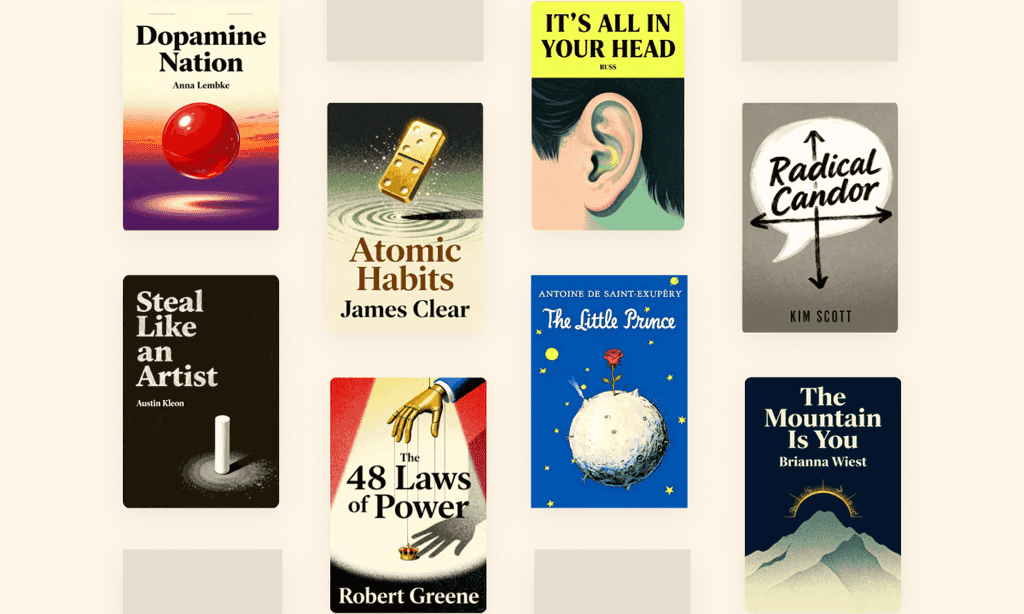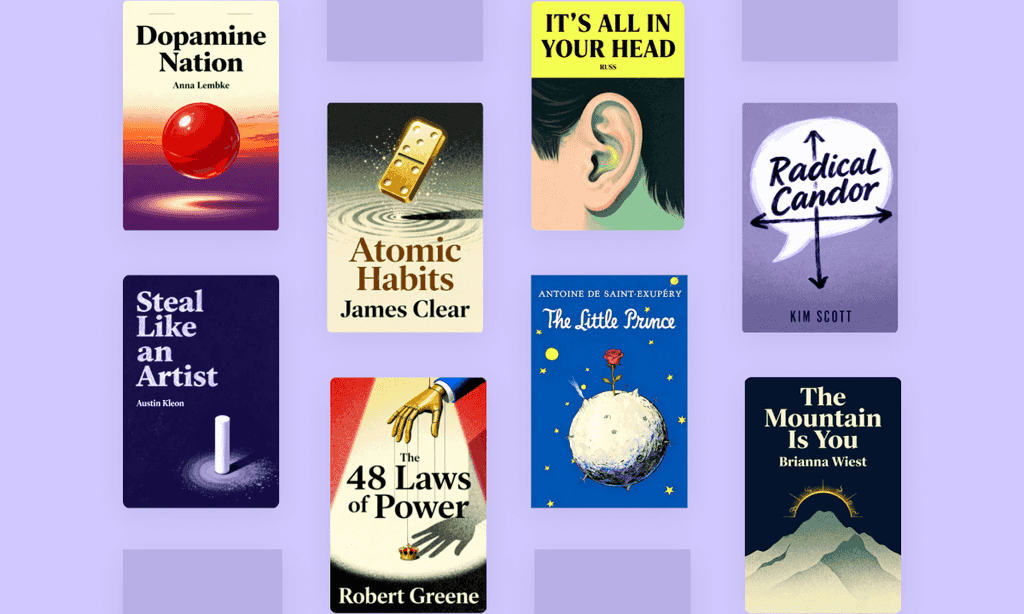
The da Vinci Code by Dan Brown Summary
A religious thriller that sparked global controversy with 50+ million copies sold. Blending art, history, and conspiracy theories about Jesus and Mary Magdalene, "The Da Vinci Code" ignited fierce debates within Christianity while inspiring renewed interest in cryptography and historical mysteries worldwide.
About the author
Dan Brown, bestselling author of The Da Vinci Code and master of intricate conspiracy thrillers, is renowned for blending art, history, and religion into pulse-pounding narratives. Born in Exeter, New Hampshire, in 1964, Brown’s upbringing—as the son of a mathematician and a church organist—fueled his fascination with the collision of science and faith, a theme central to his Robert Langdon series.
A former English teacher at Phillips Exeter Academy, Brown transitioned to writing with Digital Fortress (1998) before achieving global fame with Angels & Demons (2000) and The Da Vinci Code (2003), which redefined the modern thriller genre.
His novels, including Inferno (2013) and Origin (2017), explore cryptic symbolism, secret societies, and moral dilemmas, often rooted in meticulously researched historical details. Brown’s work has been translated into 57 languages, with adaptations like The Da Vinci Code (2006) starring Tom Hanks. Recognized in TIME’s 2005 list of the 100 Most Influential People, Brown’s books have sold over 200 million copies worldwide, cementing his status as a cornerstone of contemporary suspense fiction.
FAQs About This Book
The Da Vinci Code follows Harvard symbologist Robert Langdon and cryptologist Sophie Neveu as they unravel a murder mystery linked to a centuries-old secret society. Their quest reveals a conspiracy surrounding the Holy Grail’s true identity—not a physical object, but documents proving Jesus Christ and Mary Magdalene’s marriage and bloodline, hidden by Leonardo da Vinci’s coded artwork and pursued by factions like Opus Dei.
This thriller appeals to fans of fast-paced mysteries, historical conspiracy theories, and religious symbolism. Ideal for readers who enjoy puzzles, art history, or debates about faith vs. science. While primarily targeting adults, its blend of action and intellectual intrigue also engages younger audiences.
Yes, for its gripping plot and controversial themes, though critics note historical inaccuracies. It’s a page-turner that sparked global debates about Christianity’s origins, making it worthwhile for readers open to speculative fiction. However, approach it as entertainment rather than factual.
The Grail is reimagined as the Sangreal documents—proof of Jesus and Mary Magdalene’s marriage and descendants, guarded by the Priory of Sion. This contradicts traditional lore of a chalice, positioning the Grail as a symbolic challenge to Church authority.
Da Vinci’s The Last Supper and Vitruvian Man hide clues. Langdon deciphers hidden messages, such as a supposed female figure (Mary Magdalene) beside Jesus in the fresco, supporting the novel’s theme of suppressed “divine feminine” power.
This secret society protects the Grail secret across generations, with historical figures like da Vinci as past leaders. Their rivalry with Opus Dei—a radical Catholic group—drives the conflict, highlighting tensions between hidden knowledge and institutional power.
It challenges Christian orthodoxy by suggesting Jesus had heirs and that the Church suppressed Mary Magdalene’s role. Critics, including religious scholars, dispute its historical claims, though the novel frames these ideas as fictional speculation.
- Robert Langdon: Symbologist solving the Grail mystery.
- Sophie Neveu: Saunière’s granddaughter and cryptologist.
- Silas: Albino Opus Dei monk manipulated by the villain.
- Sir Leigh Teabing: Historian orchestrating the Grail’s exposure.
The novel posits that Christianity erased sacred femininity, symbolized by Mary Magdalene’s marginalized legacy. Langdon argues that ancient societies revered goddess worship, a balance the Church allegedly destroyed.
Langdon and Sophie trace the Grail to Scotland’s Rosslyn Chapel, where they discover the secret remains protected. Teabing, the antagonist, is arrested, while the Church’s cover-up is hinted to persist.
Similar to Angels & Demons, it combines art, history, and conspiracies but focuses more on religious revisionism. Fans of Brown’s Langdon series will appreciate recurring themes of symbology and secret societies.
Yes, the 2006 film stars Tom Hanks as Langdon. While commercially successful, it received mixed reviews for pacing deviations from the book. The novel’s intricate puzzles translate visually, appealing to mystery lovers.
Engage with its ideas as speculative fiction, not historical fact. Cross-reference claims with credible sources, and appreciate its role in sparking dialogue about religion, art, and power dynamics.
Quick Summary Mode - Read or listen to The da Vinci Code Summary in 8 Minutes
Break down key ideas from The da Vinci Code into bite-sized takeaways to understand how innovative teams create, collaborate, and grow.
Flash Card Mode - Top 7 Insights from The da Vinci Code in a Nutshell
Distill The da Vinci Code into rapid-fire memory cues that highlight Pixar’s principles of candor, teamwork, and creative resilience.

Fun Mode - The da Vinci Code Lessons Told Through 21-Min Stories
Experience The da Vinci Code through vivid storytelling that turns Pixar’s innovation lessons into moments you’ll remember and apply.
Personalize Mode - Read or listen to The da Vinci Code Summary in 0 Minutes
Ask anything, pick the voice, and co-create insights that truly resonate with you.

From Columbia University alumni built in San Francisco
See More Stories?

Get the The da Vinci Code summary as a free PDF or EPUB. Print it or read offline anytime.







